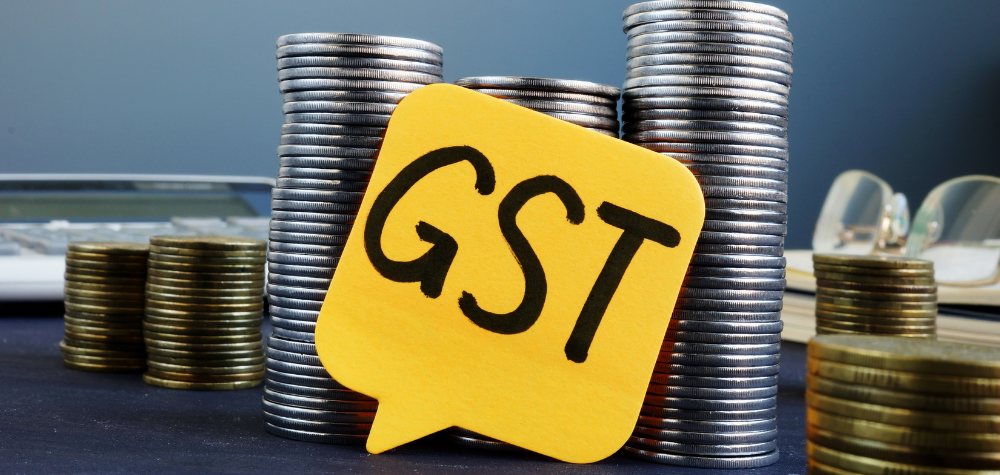With a quarterly business activity statement (BAS) due next month, it is important that you have updated your lodgement options according to the new system.
From 27 March 2020, AUSkey, including Manage ABN Connections, will be replaced by myGovID and Relationship Authorisation Manager (RAM) and you will no longer be able to access government online services through an AUSkey. Device AUSkeys will be replaced by new machine credentials.
Business owners will need to set up a myGovID if they haven’t already done so and link it to RAM. Your myGov ID is separate from your myGov account and will allow you to prove your identity online. RAM is an authorisation service that uses your myGovID to provide you with access. When linked with your myGovID, RAM will allow you to act on behalf of your business online.
In compliance with modern security standards, desktop and browser-based versions of myGovID will not be supported as these devices are easily accessible. To set up your myGovID, you will need an email address (that you do not share with anyone else) and a smart device that uses iOS 10 or later on Apple devices, or Android 7.0 or later (not including devices that use Android Go operating systems). You can download the myGovID app for free through the AppStore or Google Play.
Depending on what government online services you wish to access through myGovID, you will have to provide certain identity documents to authenticate your account. You can generally have a Basic or Standard identity strength. A Basic identity strength is where you provide only one or no identity documents, aside from your personal details (such as your date of birth and email address). Only some government online services will accept a Basic identity strength, such as Bankruptcy Register Search, ACMA Lodgement Portal and Debt Agreements Online.
A Standard identity strength requires two Australian identity documents, such as:
- A passport, no more than three years past its expiry date
- A driver’s license, including a learner permit
- A birth certificate
- A Medicare card.
This will allow you to access all participating government online services, including the Business Portal where you can lodge your BAS.

